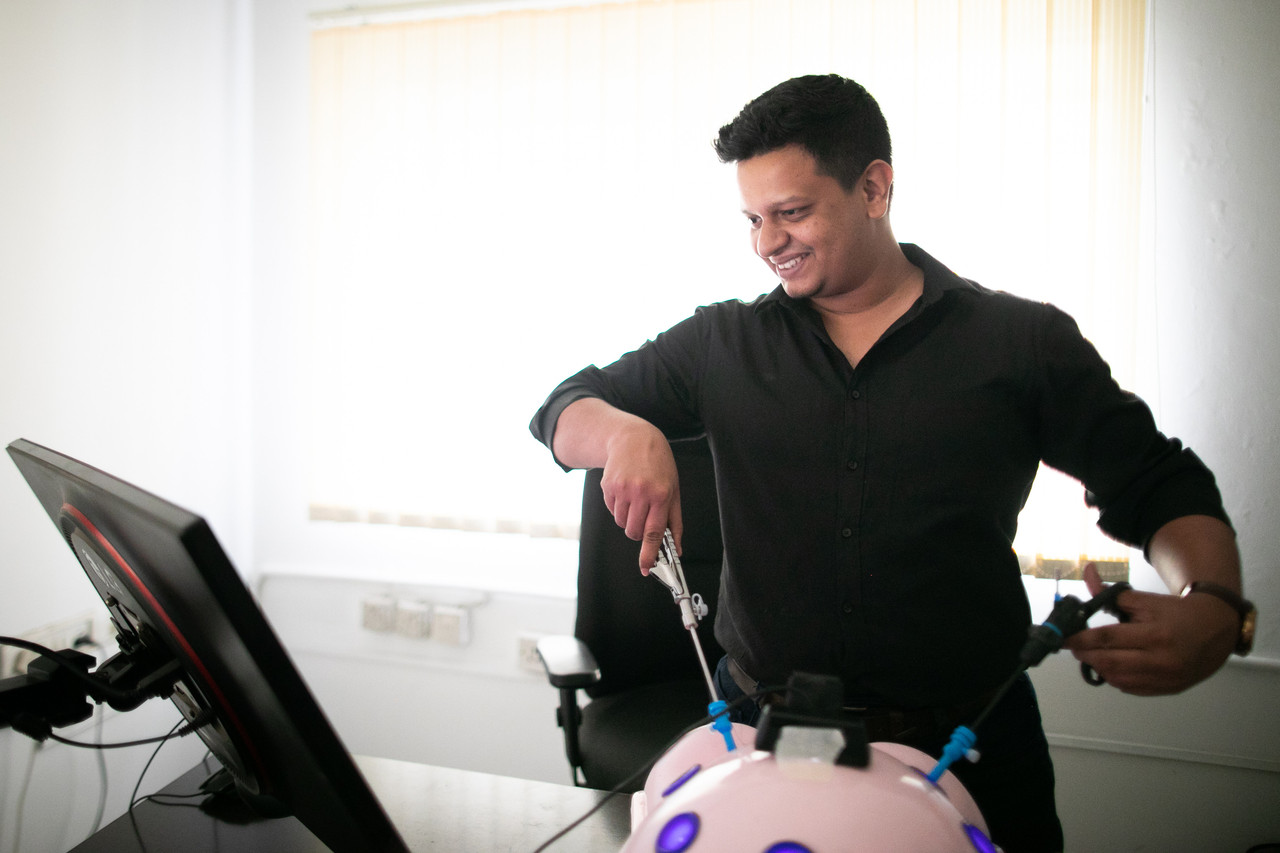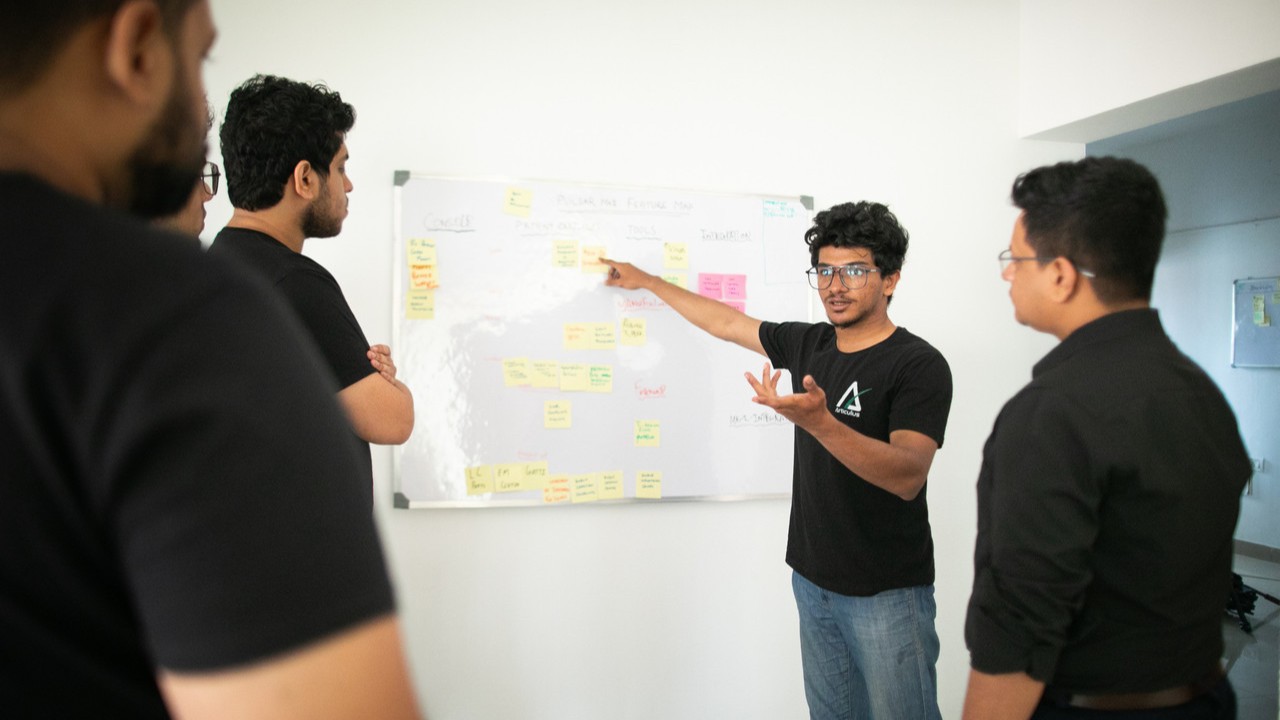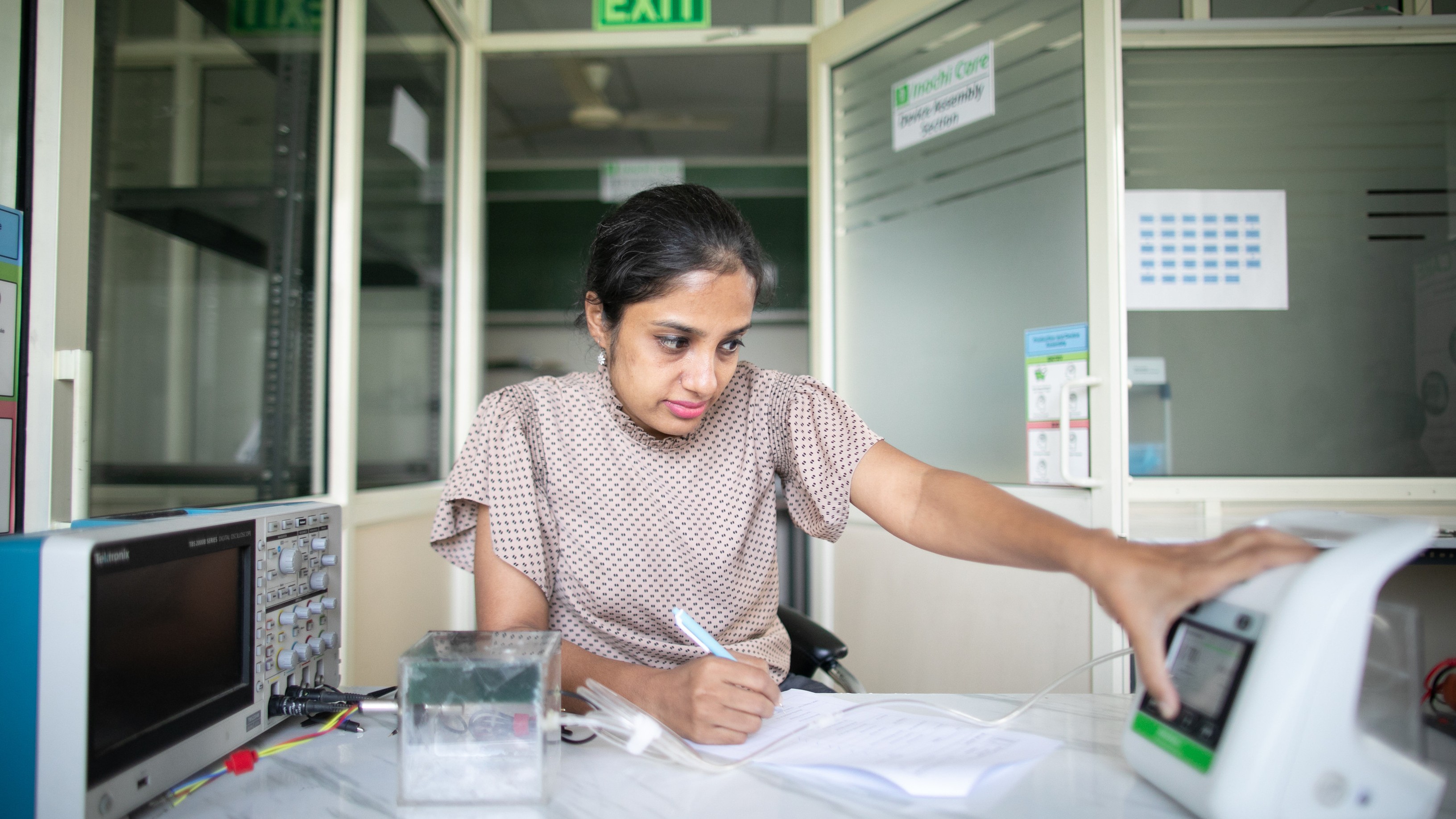
Research commercialisation (also known as 'spinning out') can be of great benefit to society. It drives economic growth, creates jobs, and facilitates advancements in technological innovation. Research commercialisation can, however, be a complex, time-consuming process. This guide supports aspiring academic entrepreneurs in India by outlining the process, the key stakeholders, and the common challenges faced during this journey: from forming a business idea, to securing investment.
Since its inception in 2014, the Royal Academy of Engineering’s Leaders in Innovation Fellowships (LIF) programme has supported innovators to start over 40 businesses across India. This guide offers independent, actionable advice drawn from the Academy’s position as a thought leader in the sector, and informed by LIF’s unrivalled network of entrepreneurs and Fellows. This guide also draws on the research undertaken by Startup Genome and the UK's Centre for Entrepreneurs, including a new survey of Indian academic entrepreneurs and other stakeholders.
About the guide
The Guide for academic entrepreneurs in India is a practical resource aimed at prospective academic entrepreneurs in Indian universities, as well as those who support and/or fund these ventures.
The publication follows the journey commonly required by a spinout: deciding if an idea has potential; planning the business; forming the business; and then scaling it. Any academic wanting to commercialise their innovation from an Indian university must carefully consider the process and its stakeholders: from the application of the research, to having an exit strategy.

Research commercial potential
Identifying a market need is critical. This guide gives you the tools to decide if your research has the potential to become a viable, sustainable commercial product or service. This includes your value proposition, scalability and technical feasibility.

The commercialisation process
The majority of survey respondents agreed that the pathways and procedures for an academic to spinout are unclear. The guide suggests different potential pathways to move forward to achieve impact from any IP.

Scaling up
Academics, commercialisation staff, and investors in India understand, and are largely aligned on, the need to make funding accessible for spinoffs. The guide presents the different types of funding available, their implications, and actions to grow and internationalise the business.
What are the current trends of commercialisation and technology transfer in India?
The Indian innovation ecosystem has a strong scientific output. There are a substantial number of Technology Transfer Offices in India that have been developed, many of which primarily focus on licensing. National and regional governments commonly promote research and development, IP development, and knowledge transfer.
Acknowledgements
This guide has been developed by the Royal Academy of Engineering in partnership with Startup Genome, with thanks to the guide's steering group.
Related resources
LIF Impact
Leaders in Innovation Fellowships (LIF) supports talented entrepreneurs from around the globe to turn their engineering…
LIF Programme Evaluation
An evaluation study for the period 2014 – 2021 with a focus on the assessment of the LIF programme’s impact to date.
